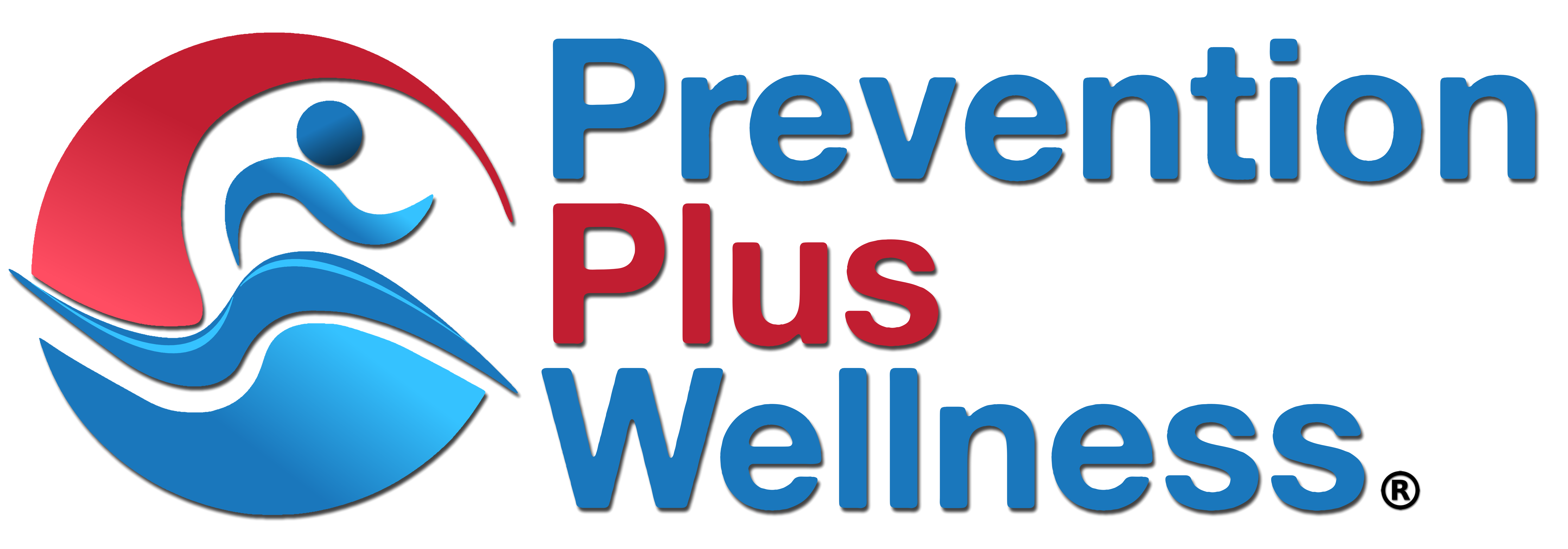A study published in 2023 in the International Journal of Mental Health and Addiction examined protective factors for alcohol, marijuana and nicotine use among high-risk adolescents who had a history of adverse childhood experiences (ACEs).
The study identified a range of protective factors at the individual, family, school and community levels associated with an increase in the likelihood of not using substances.
The authors concluded that knowledge of protective factors may help inform the development of strategies for preventing substance use and foster resilience among adolescents.
Target Behaviors for Prevention Specialists
Some of these protective factors were associated with youth and parent behaviors which can be targeted in prevention programs and strategies.
These factors included being excited for the future, picturing the future, sleeping 8 to 10 hours per night, participating in non-sport activity organized by the school, frequent hugs from parent, parent saying “I love you”, eating dinner together every day, volunteering once a week or more, and feeling motivated to help and improve one’s community.
Future-Related Behaviors
The future-related protective behaviors of being excited or optimistic for the future and imagining one’s life 5-years into the future suggest substance use prevention interventions which address adolescents’ future-oriented thinking and actions.
For example, Prevention Plus Wellness (PPW) programs, such as the evidence-based SPORT and InShape PPW interventions target desired future images and other expected benefits of engaging in healthy lifestyle behaviors as a strategy for helping young people reflect on their preferred self-images and values and thereby increase their motivation for changing health behaviors.
In addition, PPW programs employ goal setting to teach youth self-regulation skills and self-efficacy to initiate, monitor and ultimately improve their future health habits and achieve desired self-images.
Healthy Habits
Two healthy habits of youth were found to be protective of substance use, including sleeping 8 to 10 hours per night and participating in non-sport activity organized by the school.
Drug use prevention programs which integrate the promotion of healthy behaviors with prevention messaging, such as those offered by Prevention Plus Wellness, could help strengthen prevention outcomes as well as increase healthy behaviors lacking among the majority of American adolescents.
This can include presenting messages that specific types of drug use harm healthy behavior goal setting and achievement as well as providing recommendations and opportunities for youth to participate in healthy habits like getting adequate sleep, engaging in regular physical activity, eating healthy breakfasts and other foods, and using strategies to control stress, which are all targeted within PPW programs.
Sleep hygiene and sleep behaviors, such as shutting off electronic devices at night and setting a bedtime schedule, along with providing youth time for recreational physical activity should be offered and reinforced by prevention specialists and organizations as critical protective factors that can promote improved mental health.
Parent Affection Behaviors
Three parent affection behaviors found protective of adolescent substance use included frequent hugs from parents, parents saying “I love you”, and eating dinner together every day.
While providing parent training for preventing youth substance use comes with many challenges, it might be more practical to simply communicate these three easy parental and caregiver behaviors to families.
One aspect of these parental behaviors worth emphasizing is that the greater the frequency they are practiced, typically the greater the impact they will have upon youth. In other words, parents who hug their youth a few times a year or limit their hugging only to when their youth perform as expected are less likely to demonstrate affection and influence substance use compared with parents who hug their youth every week and do so regardless of their youth’s desired performance.
Helping Others
A final set of behaviors found to protect against adolescent substance use was linked to youth helping others, including volunteering once a week or more, and feeling motivated to help and improve one’s community.
Parents, teachers and community organizations can help youth avoid substance use by encouraging them and providing them with opportunities to volunteer on a regular basis, as well as reinforcing them when they demonstrate helping behaviors at home, school or in the community.
Conclusion
This research indicates that youth behaviors linked to future thinking, engaging in healthy lifestyle habits and volunteering, as well as parental affection behaviors, are protective habits which can be targeted to prevent substance use among adolescents.
Prevention specialists should continue to address risks associated with drug use among youth while also increasing the implementation of strategies to address protective factors through using existing evidence-based multiple health behavior prevention programs like SPORT or InShape PPW as well as by expanding efforts to promote youth and parent protective behaviors that prevent drug use and increase wellness among youth.
Read the entire study article: https://link.springer.com/article/10.1007/s11469-021-00720-x

